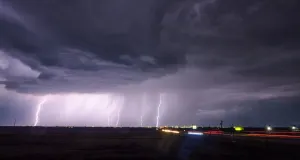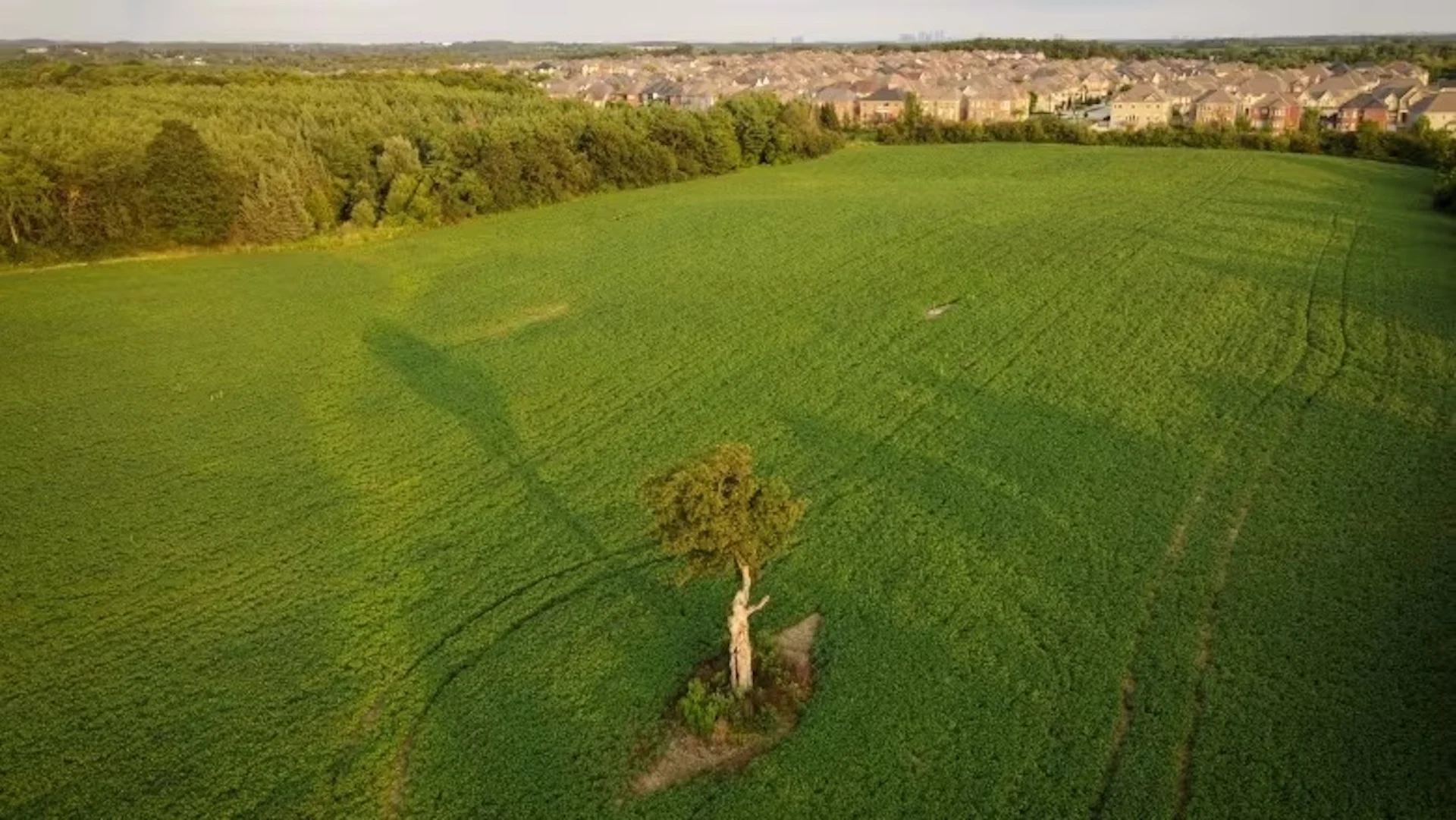
What's a greenbelt supposed to do? Contain growing cities and preserve nature
In 45 years of farming beans, wheat and corn on his rolling acreage in historic Campbellville, Ont., Peter Lambrick has seen more change than he can recount in one conversation.
But he can recall the early days when Ontario's Greenbelt was just a rumour travelling between farms — in whispers and phone calls — in 2004.
The Liberal government at the time was planning to establish the protected area to stop urban sprawl, which was gobbling up the rich farmland and environmentally sensitive areas in southern Ontario. Lambrick said some farmers felt cheated by the idea, because it meant they wouldn't be able to sell their land to deep-pocketed developers.
SEE ALSO: As wildfire risk grows, will planting trees work to offset carbon emissions?
"There was a lot of angst," said Lambrick, 72, a local industry fixture and former chair of the GTA Agricultural Action Committee. "There were many people that were very vocal, but they were more likely the farmers who felt that they had been hard done by."
Eventually established in 2005, the Greenbelt is a protected area of land over the Greater Toronto Area that's meant to be permanently off-limits to developers. At 8,100 square kilometres in size, it's a rich stretch of farmland, forest and wetland that's larger than Prince Edward Island, making it the largest greenbelt in the world.
Nearly two decades later, Lambrick said the heat has died down — at least among most farmers. It recently became the subject of political controversy for the Ontario government, which is intent on developing parts of the Greenbelt for housing, in a process the auditor-general found was influenced by well-connected developers.
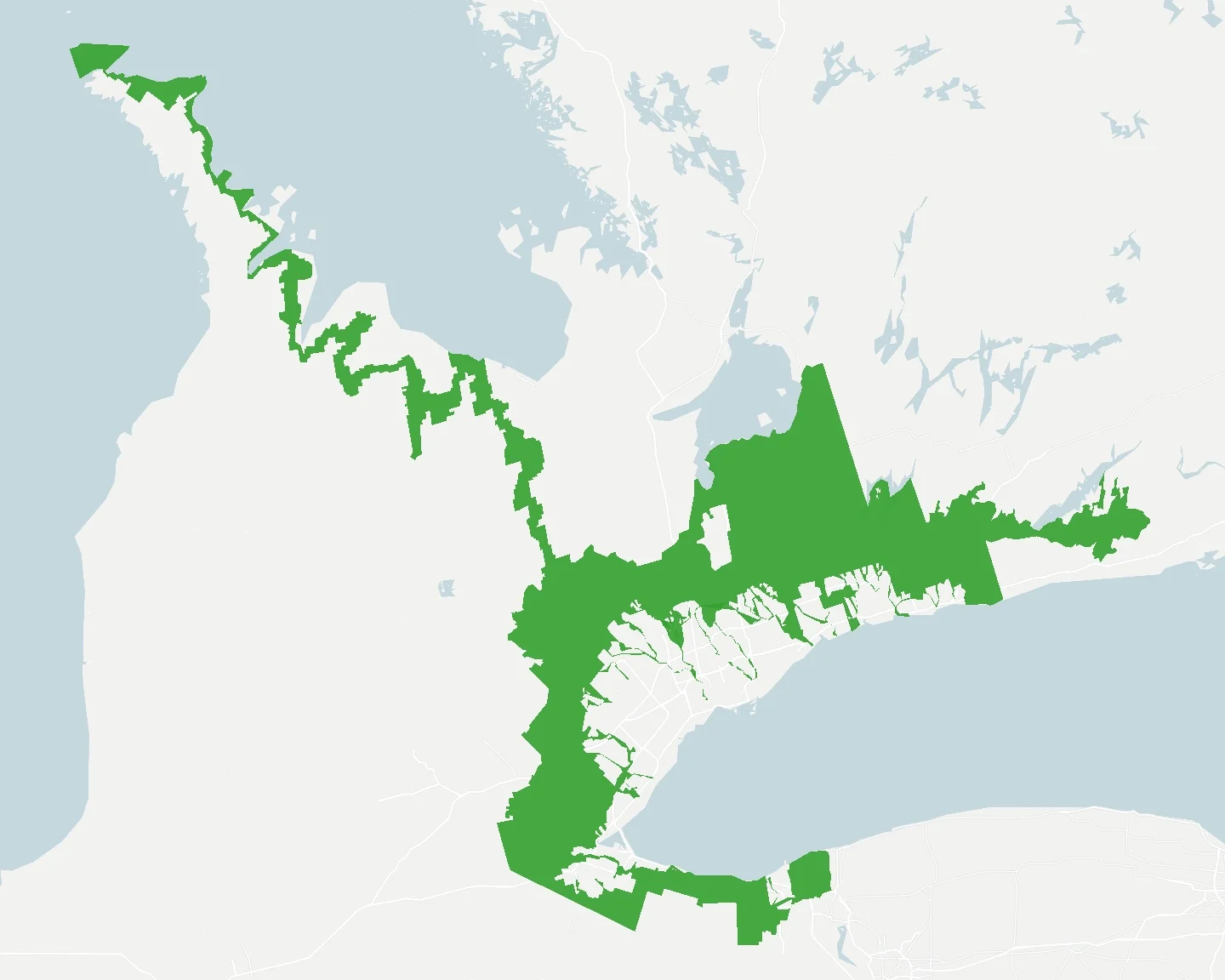
Greater Toronto Area. Government of Ontario, National Capital Commission (Graeme Bruce/CBC)
Lambrick and industry experts agree the Greenbelt has not only accomplished its original purpose of containing city growth, but has helped offset the effects of climate change — which they argue should be today's higher purpose.
"It's rare that there's a consensus among [economists, urban planners and environmentalists], but no one will tell you that it's a good idea to get rid of the Greenbelt," said Diane Laure Arjaliès, an associate professor at Western University's Ivey Business School in London, Ont. "Absolutely nobody."
What greenbelts are meant to do
Greenbelts have been used to protect farmland, food supply, biodiversity, water quality and influence development around the world, from San Francisco to Los Angeles to Melbourne to Amsterdam. In London, England, patches of protected green space were used as buffers to prevent distinctive towns from melting together.
They don't always succeed at stopping cities from spreading. A horseshoe-shaped greenbelt around the city of Ottawa has been federally managed since the 1950s, but unlike its Ontario neighbour, there aren't laws in place to protect it from development.
Some farmers, environmentalists and urban planners see this type of land as sacred. Developers see it as an arbitrary obstacle that has made housing problems worse, because it cuts off access to land where new homes could be built, driving up the price of existing land across the region.
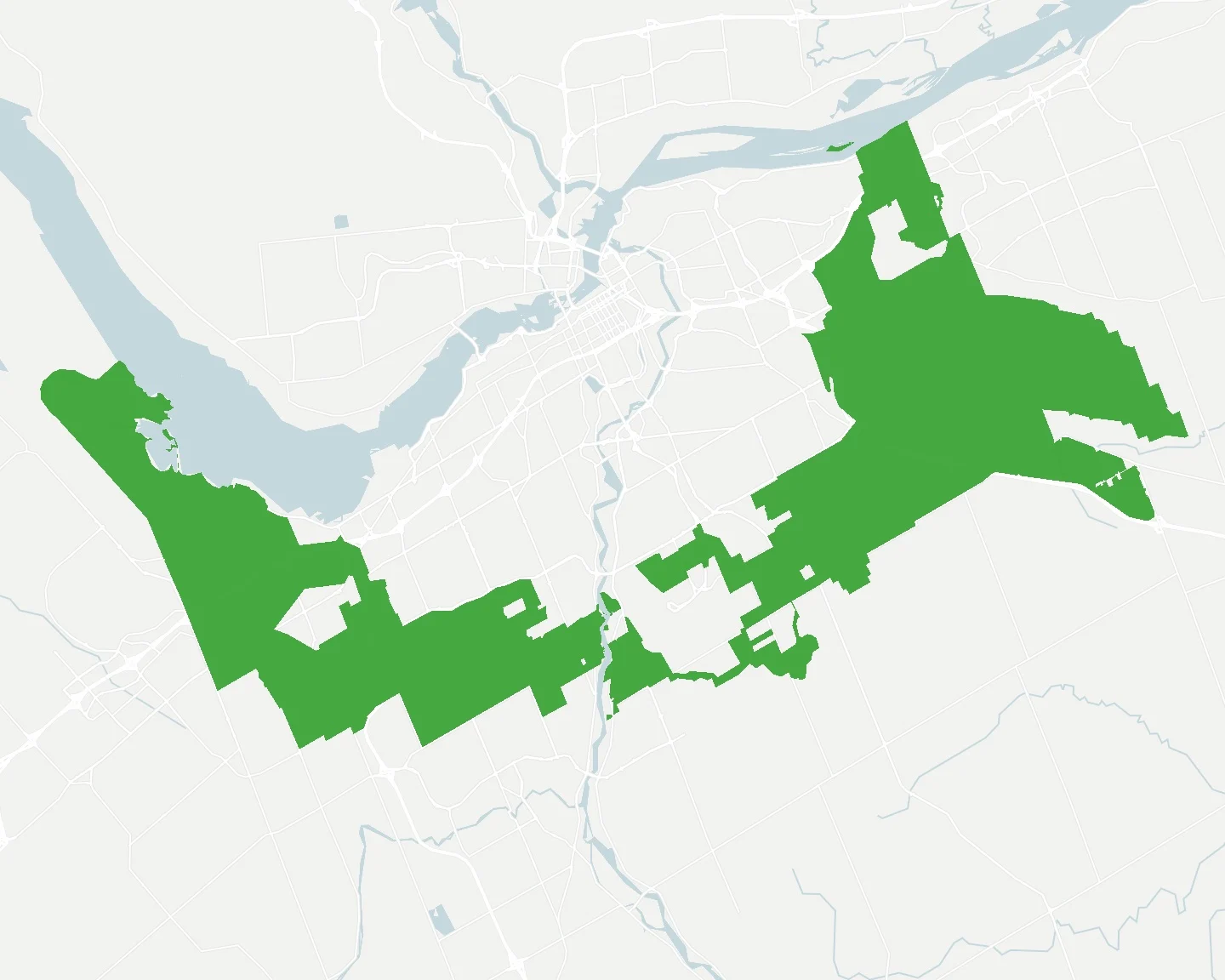
Ottawa. Government of Ontario, National Capital Commission (Graeme Bruce/CBC)
Last year, a provincially commissioned report said the Greater Toronto Area has enough land to go around outside the Greenbelt — it's just not being used to its full potential, bogged down by inefficient housing policy.
"Ideally, you need both sides of the coin: You need the Greenbelt to protect the land and [you need] policies within the city that let people build more so that the development pressure doesn't build up," said Shoshanna Saxe, an associate professor of civil and mineral engineering at the University of Toronto.
The Greenbelt in southern Ontario became politically controversial in December 2022, when the provincial government removed nearly 30 square kilometres of land from the protected space, opening it up to the construction of 50,000 new homes. At the same time, the government added nearly 40 square kilometres of new land to the Greenbelt elsewhere.
Resistance was intense, as residents and opposition politicians worried it was a slippery slope. The backlash intensified when an auditor general's report found politically connected developers who stood to make billions of dollars on the land swap had influenced the deal.
'Key' environmental benefits
Saxe said building on the Greenbelt is short-sighted because the area cleans the air, absorbs excess rainwater, keeps development away from watersheds, provides wildlife habitat and offers recreation space like hiking trails and paths — all of which should continue in a warming world.
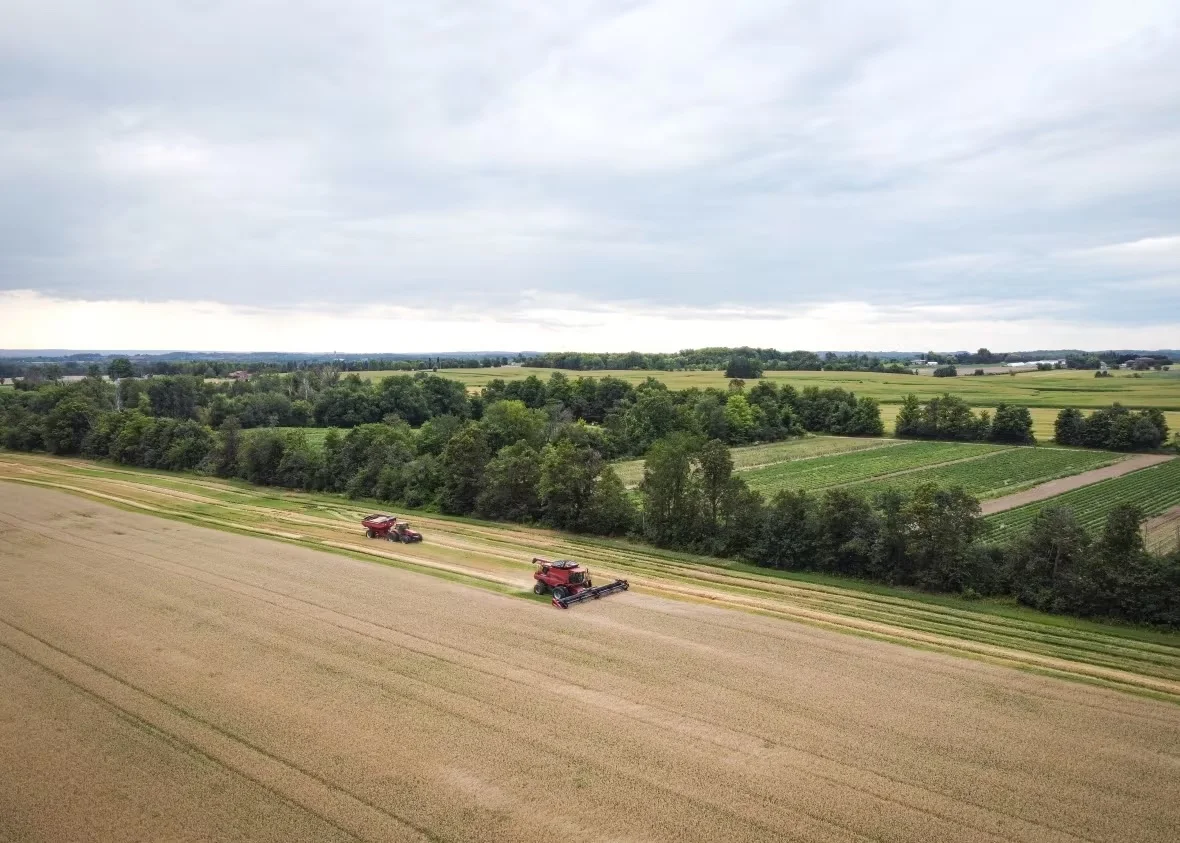
Paul Orr harvests wheat on a parcel of land near his home, in King City, Ont., on Aug. 1, 2023. (Evan Mitsui/CBC)
"If you care about climate change, we should protect the Greenbelt. If you care about your taxes, we should protect the Greenbelt. If you care about having clean water to drink, we should protect the Greenbelt," Saxe said. "I could go on."
Arjaliès said the Greenbelt "plays a key role in climate [across] the entire continent."
"People don't realize it, but what's happening here, it's going to impact Quebec, it's going to impact Manitoba, it's going to impact the U.S."
Lambrick, now eyeing retirement, said he thinks the Greenbelt has done its job.
"Over the years, it has performed what it was meant to do," he said.
WATCH: Living near a green space could have some amazing health benefits
Thumbnail courtesy of Evan Mitsui/CBC.
The story was originally written and published for CBC News. It contains files from Ryan Patrick Jones.






